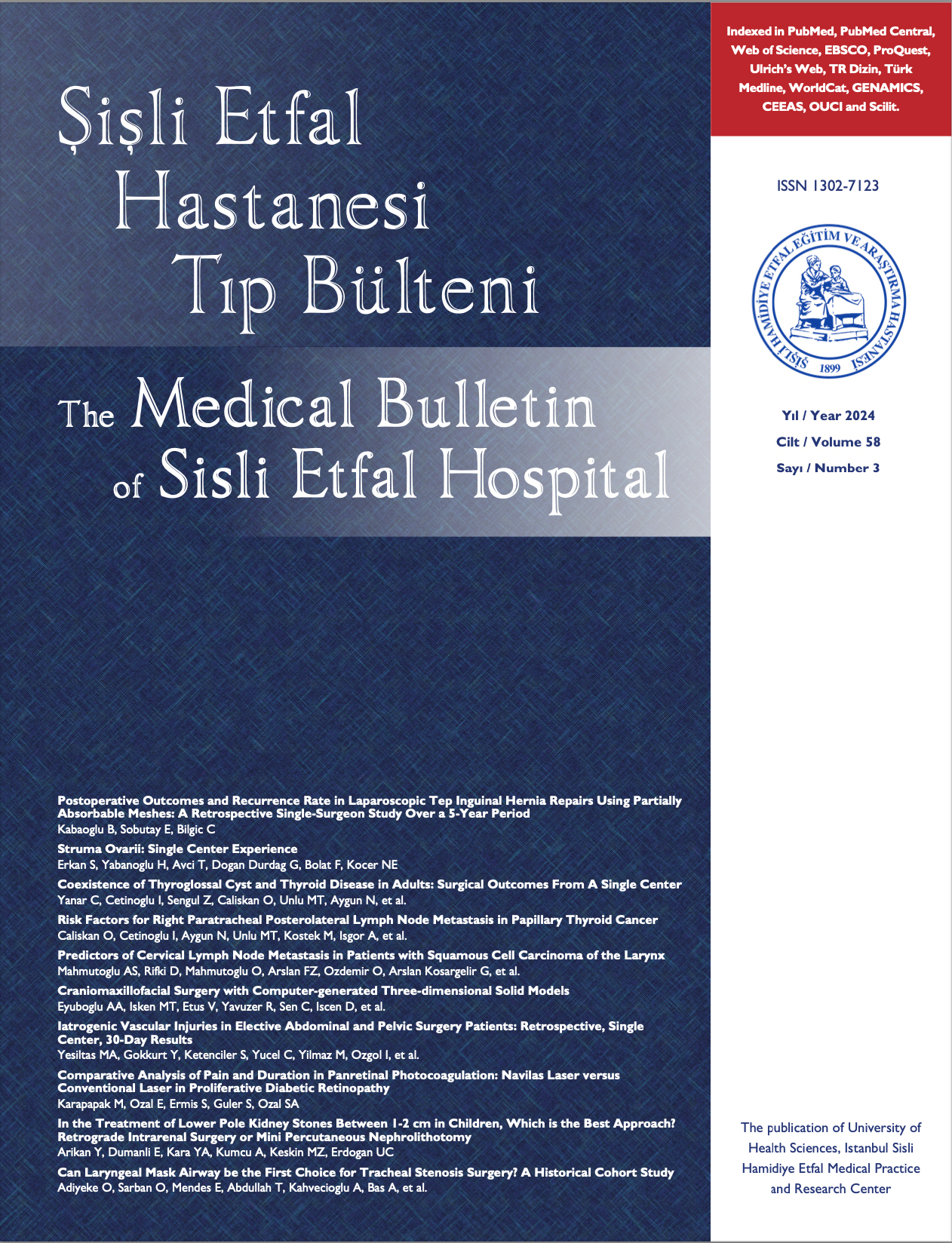
Pharmacotherapy of Painful Diabetic Neuropathy: A Clinical Update
Cornelius Fernandez James1, Shiva Tripathi2, Kyriaki Karampatou3, Divya V Gladstone4, Joseph M Pappachan51Department of Endocrinology & Metabolism, Pilgrim Hospital, United Lincolnshire Hospitals NHS Trust, United Kingdom2Department of Anaesthesia & Pain Management, Lancashire Teaching Hospitals NHS Trust, United Kingdom
3Department of Endocrinology & Metabolism, Lancashire Teaching Hospitals NHS Trust, United Kingdom
4Department of Anaesthesiology, Regional Cancer Centre, Thiruvananthapuram, India
5Department of Endocrinology & Metabolism, Lancashire Teaching Hospitals NHS Trust, United Kingdom; The University of Manchester, Manchester, UK; Manchester Metropolitan University, Manchester, UK
The rising prevalence of diabetes mellitus (DM) leads on to an increase in chronic diabetic complications. Diabetic peripheral neuropathies (DPNs) are common chronic complications of diabetes. Distal symmetric polyneuropathy is the most prevalent form. Most patients with DPN will remain pain-free; however, painful DPN (PDPN) occurs in 634% of all DM patients and is associated with reduced health-related-quality-of-life and substantial economic burden. Symptomatic treatment of PDPN and diabetic autonomic neuropathy is the key treatment goals. Using certain patient related characteristics, subjects with PDPN can be stratified and assigned targeted therapies to produce better pain outcomes. The aim of this review is to discuss the various pathogenetic mechanisms of DPN with special reference to the mechanisms leading to PDPN and the various pharmacological and non-pharmacological therapies available for its management. Recommended pharmacological therapies include anticonvulsants, antidepressants, opioid analgesics, and topical medications. (SETB-2021-12-376)
Keywords: Diabetes mellitus, Diabetic peripheral neuropathy, Gabapentinoids, Opioids, Painful diabetic peripheral neuropathyCornelius Fernandez James1, Shiva Tripathi2, Kyriaki Karampatou3, Divya V Gladstone4, Joseph M Pappachan51Department of Endocrinology & Metabolism, Pilgrim Hospital, United Lincolnshire Hospitals NHS Trust, United Kingdom
2Department of Anaesthesia & Pain Management, Lancashire Teaching Hospitals NHS Trust, United Kingdom
3Department of Endocrinology & Metabolism, Lancashire Teaching Hospitals NHS Trust, United Kingdom
4Department of Anaesthesiology, Regional Cancer Centre, Thiruvananthapuram, India
5Department of Endocrinology & Metabolism, Lancashire Teaching Hospitals NHS Trust, United Kingdom; The University of Manchester, Manchester, UK; Manchester Metropolitan University, Manchester, UK
Manuscript Language: English



















